Nuts & seeds are often taboo on a low oxalate, kidney stone friendly diet. This is probably because nuts and seeds are notorious for being high in oxalate. But, there are huge differences in oxalate between different nuts and seeds. If done correctly, nuts and seeds can be a part of a healthy low oxalate diet!
*Please note that this post contains clearly identified affiliate links. If you click on these links and choose to make a purchase, I may receive a commission (at no cost to you). As an Amazon Associate I earn from qualifying purchases.
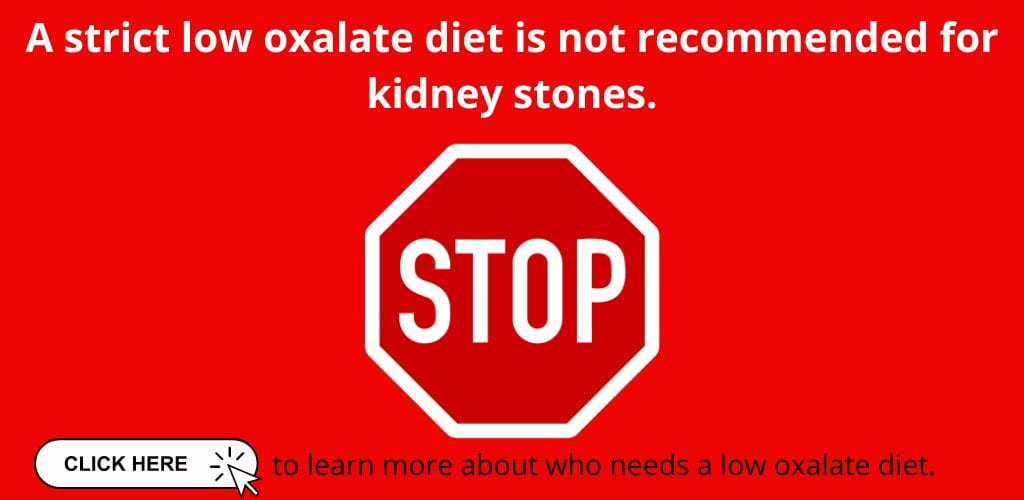
Table of Contents
Who Needs Low Oxalate Nuts?
Before we jump into which nuts and seeds are low in oxalate, it is important to know who needs to avoid high oxalate nuts and seeds.
Oxalate is most known for it’s role in kidney stones. However, not everyone with kidney stones needs to avoid oxalate. It is important to work with your doctor to figure out what kind of kidney stones you have. If you have a kidney stone other than calcium oxalate, avoiding oxalate will not reduce your risk of kidney stones.
If you were not able to have your kidney stone analyzed, a 24-hour urine test will tell you what kind of stones you are most likely to make. The test will also tell you what your kidney stone urine risk factors are.
Even for the same kind of kidney stone, urine risk factors can be different. For example, too much calcium in urine is the most common risk factor for calcium oxalate kidney stones. Other urine risk factors are high urine oxalate, low urine pH, low urine citrate and high urine uric acid. (1) You can target your specific risk factors with nutrition!
If you have high urine oxalate, it is important to follow a low oxalate diet, including low oxalate nuts. (2)
Remember that fluid, sodium, protein, calcium and healthy diet patterns all play very important roles in kidney stone prevention too! (1)
Why Eat Low Oxalate Nuts & Seeds?
Heart Health
Perhaps the biggest benefit of nuts and seeds is heart health! Nuts and seeds are a great source of heart healthy polyunsaturated, omega-3 and omega-6 fats. People who eat more nuts are less likely to have heart disease and high cholesterol. (3)
Fiber
Low oxalate nuts and seeds can be an important source of fiber. Eating enough fiber can be tough! Especially on a strict low oxalate diet. Adding healthy low oxalate nuts and seeds to your diet will help you get enough fiber. Women should eat 25 grams of fiber each day. Men should aim for 38 grams. (4) One ounce of pecans has about 3 grams of fiber. (5)
Fiber is most known for its benefit for bowel health. Eating enough fiber keeps you regular! Fiber can also help ward off heart disease and diabetes. (6)
Healthy Plant Protein
“Plant based” eating has become quite trendy in recent years – for good reason! Eating more plants like vegetables, fruits, whole grains, nuts and seeds is protective against chronic disease.
In light of the “plant based” movement, products such as Beyond Burger and Impossible Burger have taken off. Although these meat substitutes can be a healthy option on occasion, they tend to be very high in salt. If you have Chronic Kidney Disease, phosphorus additives may also be a concern.
If you are trying to cut back on meat, it is better to get protein from natural sources, such as whole grains, nuts, seeds, beans and lentils. Low oxalate nuts and seeds are a great source of plant based protein!
Brain Health
Nuts may also help protect your brain! Nuts are an important part of a Mediterranean diet pattern, which is associated with slower cognitive decline and reduced risk of Alzheimer’s disease. (7) In fact, nuts are a critical part of the “MIND” diet, which was created to target cognitive function and to prevent Alzheimer’s. The “MIND” diet has been proven to do just that! (8)
Low Oxalate Nuts
Coconut
0mg oxalate per ounce
Coconut comes in at the lowest oxalate amount – zero! However, the fat in coconut is not ideal. Coconut is very high in saturated fat, which is associated with worse heart health and is not endorsed by the American Heart Association.(9) Also, be careful of extra sugar in shredded coconut and coconut milk.
However, coconut is a great source of fiber! Enjoy coconut in smaller amounts and mix in other low oxalate nuts to keep your heart healthy!
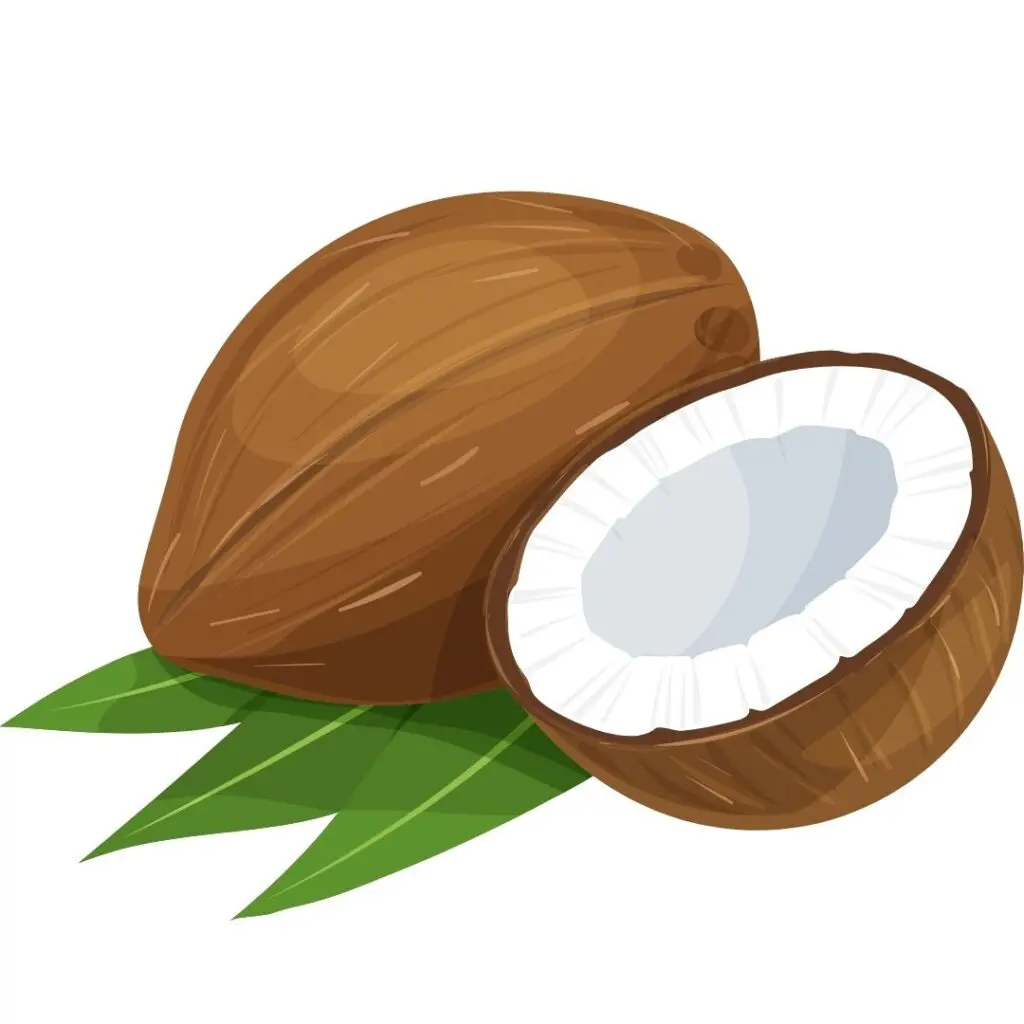
Macadamia Nuts
12mg oxalate per ounce
Macadamia nuts* are delicious in more than cookies! Macadamia nuts are a great low oxalate nut choice.
Pecans
10mg oxalate per ounce
Who doesn’t love pecans!? Sprinkle some pecans* on your salad or in oatmeal to add some fiber and healthy plant protein.
Pistachios
14mg oxalate per ounce
The perfect snack! Pistachios* are a great option for a low oxalate diet. They also happen to be one of the lowest calorie nuts.
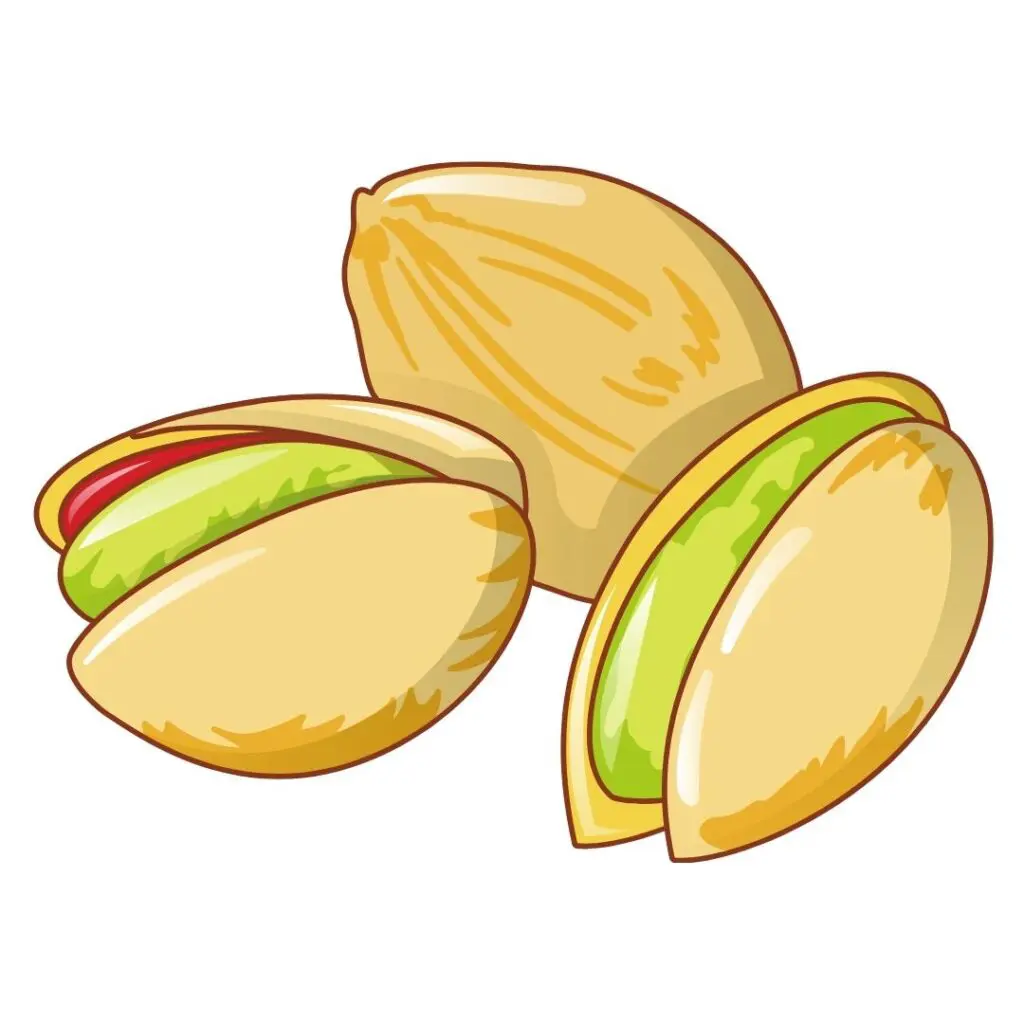
Walnuts
8mg oxalate per ounce
Walnuts* are packed with heart healthy polyunsaturated fat, making them a great option for your heart!
Low Oxalate Seeds
Flax Seeds
2mg oxalate per 2 tablespoons, ground
Flax seeds* pack 2 grams of fiber per tablespoon. They are also a good source of heart healthy omega-3 fats. Make sure to use ground flax seed, to be able to take full advantage of their benefits!
If you really like flax seeds, try Flackers*, a low oxalate cracker made from just flax seed, spices and a little salt!
Hemp seeds
3mg oxalate per 2 tablespoons
Hemp seeds* (or, hemp hearts) add a great crunch to almost anything! Sprinkle them on yogurt, salads or oatmeal.
Pumpkin Seeds
5mg oxalate per 1/4 cup
Pumpkin seeds* (or “pepitas”) are more than a treat in the fall! You can find pumpkin seeds year round. Add them to salads, oatmeal, yogurt or make your own low oxalate trail mix!
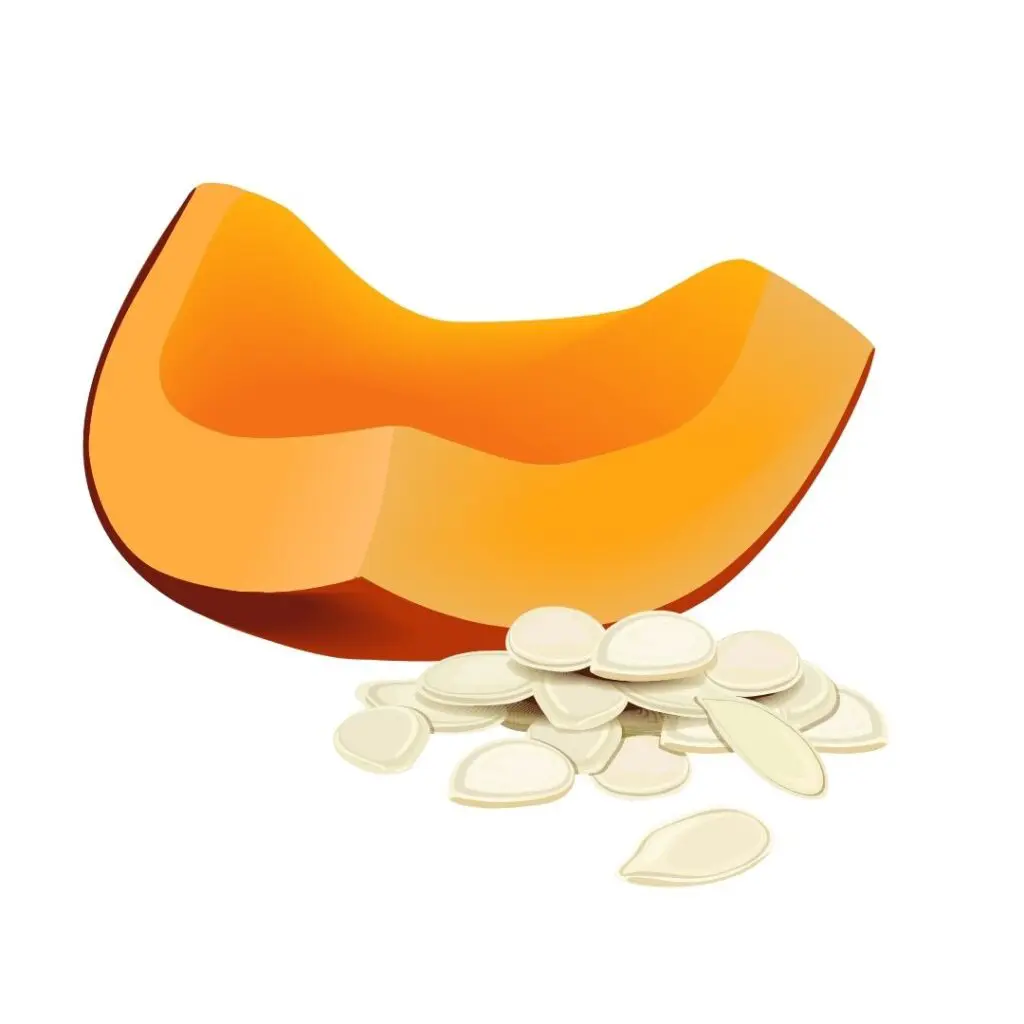
Sunflower Seeds
3mg oxalate per 1/4 cup
Sunflower seeds* are delicious on salads for a nutty flavor and crunch. Be careful to avoid salted and flavored sunflower seeds. Sunbutter* is made from sunflower seeds and is a tasty, lower oxalate alternative to peanut butter.
Watermelon Seeds
5mg oxalate per 1/4 cup
These can be harder to find, but watermelon seeds are another low oxalate seed.
High Oxalate Nuts & Seeds
On the flip side, there are some nuts and seeds that are very high in oxalate. If you have high urine oxalate, it is best to avoid these nuts and seeds. Or, eat them only on occasion!
- Almonds (122mg oxalate per ounce) – don’t forget almond butter, flour and milk are high in oxalate too!
- Brazil nuts (137mg oxalate per ounce)
- Cashews (49mg oxalate per ounce)
- Hazelnuts (63mg oxalate per ounce)
- Pine nuts (56mg oxalate per ounce)
- Chia seeds (45mg oxalate per 2 tablespoons)
- Sesame seeds (126mg oxalate per 2 tablespoons)
Advice for Eating Low Oxalate Nuts & Seeds
Watch Portion Size
Portion size is important to help control how much oxalate you eat. Even low oxalate nuts and seeds can add up!
A portion of nuts is 1 ounce, or about 1/4 cup of whole, shelled nuts. A portion of seeds is about 2 tablespoons for smaller seeds (like hemp or flax seeds), or a 1/4 cup for larger seeds (like sunflower or pumpkin seeds).
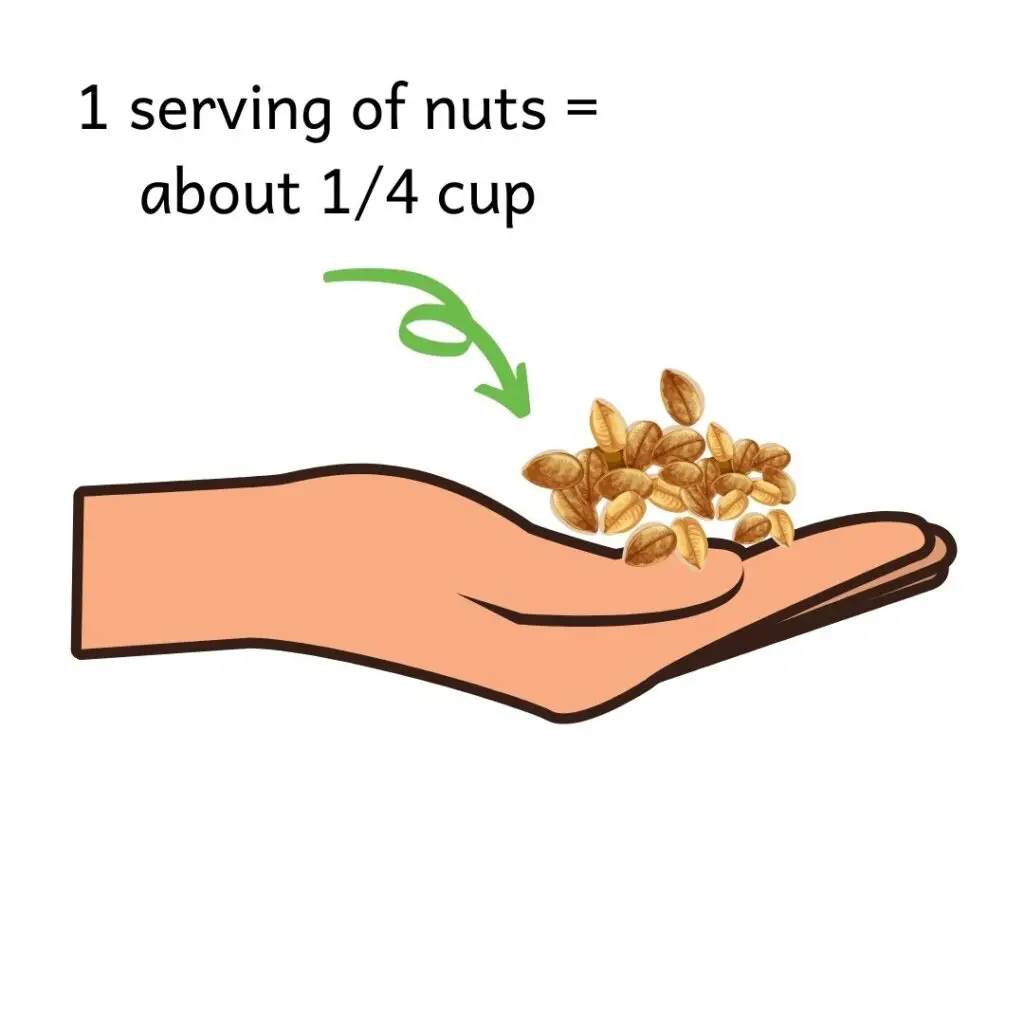
Choose Unsalted Low Oxalate Nuts!
Make sure to find unsalted or “lightly salted” nuts and seeds. Sodium plays a big role in kidney stones. Most people should limit sodium to 1,500-2,300mg per day to prevent kidney stones.
Happy Eating!
Melanie

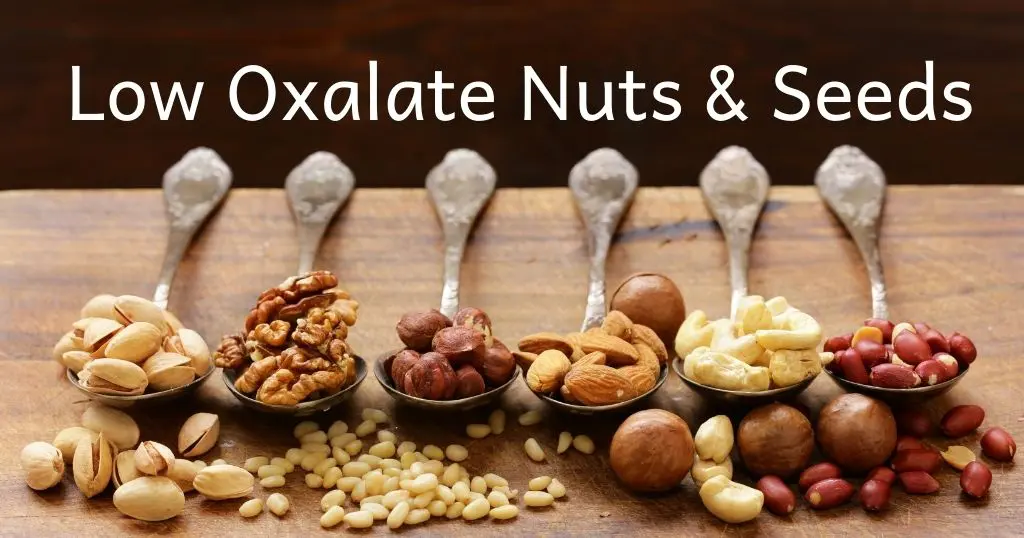
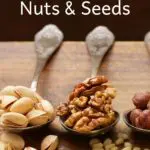
is seasame oil and peanut oil bad??? for cooking…
Hi Ashish. If you are concerned about the oxalate count in oils, neither of these oils have oxalate in them. No oils have oxalate in them actually, as oxalate is water (not fat) soluble, so will not end up in the oil.
Hello, For the pumpkin seeds and sunflower seeds: are the measurements with or without the shells? Thanks.
Hi Krissy! Great question – they are measurements without the shells -just the edible portion of the seed. Hope that helps!
you even have them pictured yet you don’t mention peanuts. i heard they’re high in oxalate.
Hi Richard. I hope you enjoyed the article. Peanuts fall somewhere in the middle – around 27mg per 1/4 cup. Peanuts are listed on my complete oxalate list – available on my resources page.
Hi Melanie. First bout with stones this year and I’m 65. I try to avoid most dairy but eating about a serving of full fat Greek yogurt/day and anytime I suspect oxylates I eat tablespoon. I’m also on TheraLithXR which I would recommend no matter the stone type. Really trying to avoid high oxylate foods and wondering what you think of my yogurt idea?
Hi Tom! Thank you for your message! Eating enough calcium is CRITICAL to prevent calcium oxalate stones and lower urine oxalate levels. This article goes into detail about this. I hope it helps!
What about poppy seeds?
Poppy seeds are fairly high. 1 teaspoon has about 30mg of oxalate. However, many recipes with poppy seeds wouldn’t contribute that much actual poppy seed (i.e poppy seed muffins or dressing).
If you’re oxalate level is 45 should you go on a low oxalate diet
Hi Kerri! My first question would be if you are eating enough calcium – that is probably the most effective thing you can do to lower that oxalate level. If you are, then it would probably make sense to start reducing how much oxalate you eat. Definitely ask your doctor what is best for you! There are MANY things that could be impacting that oxalate level other than how much oxalate you are eating.
Hi Melanie,
I’m looking for a low carb, low oxalate source of plant protein to incorporate more plant goodness in my regimen. Was thinking coconut milk based smoothie with hemp protein powder… if hemp seeds have a low content per serving, any concerns about hemp protein isolate?
Also, any concern about a product like Orgain protein powder with superfoods, which derive a lot of sources that can include high oxalate, though in varying amount considering it’s in a powder?
Thanks!
Hi Charlie! I think your first option seems reasonable. I always promote “real” foods over powders/bars/etc whenever possible. I’d probably stick with the nuts and seeds recommended in this article. They would ALL offer protein. With any powder, you do definitely want to check the ingredients. I would always assume that oxalate is even higher in oxalate in powder form than the food itself since it is essentially a concentrated form of the food. Hope that helps!
Hi Charlie, i am a moderate protein powder user and belong to Consumlab.com which tests various protein powders. Orgain brand is not approved via their testing. It contained much more saturated fat and almost double the amount of sodium than listed on the label. Casein Pro and Paleo were two others not approved. Their recommendation was ‘Myprotein’ for label matched ingredients and cost, but many others were approved as well. Hope this helps…good luck !
I recently became aware of pili nuts, which sound delicious. Do you have any information on their oxalate content? Thank you!
Hi David! Unfortunately, I don’t have an accurate resource for pili nuts. If you love them, I’d just enjoy them in smaller portions on occasion!
My husband has had two different kidney stones. The first one was a calcium oxalate and the last one was a uric acid stone. So we have been doing a lot of research on what he can eat and what he can’t eat. So this being said, I was wondering if I get Adams 100% natural peanut butter, which is unsalted and no added sugar. Is this safe for him to eat. It says the serving size is 2 tablespoons.
Hi Teresa! Thank you for your comment! I can’t know what is okay for him to eat without knowing his medical history, lab values and usual eating patterns. I’d recommend meeting with a Registered Dietitian to help figure out what is best for him!
I know that tigernuts are not really nuts, but they make a nice “nut” butter and flour. Do you know if they are a high oxalate count?
I have actually NO idea about tigernuts. If you love them (and have high urine oxalate), I’d say just enjoy them in smaller portions with some calcium and call it a day!
Melanie,
I enjoy eating sprouted organic nut and seed butters. The butters are made from the low oxalate list that you provided. I am wondering what is the recommended amount that can be eaten.
John
Hi John! The amount of oxalate right for each person is based on your 24 hour urine test. It should be adjusted based on if your urine oxalate remains high after taking out the very high oxalate foods AND ensuring adequate calcium intake. For most people, aiming for 100-200mg/day (with calcium) is enough to get urine oxalate down to safe ranges. But, everyone is different! Some people do need to be more restricted in oxalate. It is tough to know exactly how much oxalate is in those nut butters. As long as they are made from lower oxalate nut/seed choices, they are likely fine – and adjust based on that urine oxalate if need be. I hope that helps and doesn’t make it more confusing!
Hi- just wondering if you know if crystallized ginger has less oxalates than fresh. I read that somewhere but to me that doesn’t sound right.
Hi Cheryl, I don’t see why crystallized ginger would have any less than fresh. Honestly, the amount you get from the amount of ginger you would realistically eat is minimal. I’d also be a lot more concerned about the added sugar in that crystallized ginger than the oxalate!
I can confirm that Tigernuts are low in oxalates
I hope this helps
Hi Melanie,
Our granddaughter (18 months) was recently diagnosed with primary hyperoxaluria. I am creating menus and shopping lists for my son and his wife and young son which include low oxalate foods, no gluten and no onions. Do you have any tips for me, especially as it relates to creating menus that will support our granddaughter’s growth and development with this condition (she is currently very low on the weight percentile chart)?
Thanks so much.
Oh my goodness! I’m sorry to hear about your granddaughter. The biggest focus should be to make sure she is getting enough calories and protein. Without knowing her, I can’t give individual nutrition advice. But, generally making sure to include MANY snacks can help make sure kids get enough energy. Making sure her meals include protein, starch and veggie and are generally well balanced may help. Pediatrics is DEFINITELY not my strong suit. I would highly recommend she work with a dietitian to make sure she does grow, especially with all of those diet restrictions. Have you been referred to a pediatric dietitian?
I have a similar history, I can help you with de menus. How did you get the hyperoxaluria diagnosis? I have To make that test To my daughter please
Love this web page thanks!
A simple 24 hour urine test will measure oxalate in your urine and determine if you have hyperoxaluria (high urine oxalate).
I was shocked and happy to see Hemp hearts on the low oxalate list but have found it on the High oxalate list on so many web sites.
Can anyone explain this?
Thank you for any information you can provide.
Thanks for your comment! Oxalate info is VERY tricky. There is a lot of misinformation out there (even from reputable sites!). This is partially because measuring oxalate in food is hard to do, and they way they did it originally was apparently incorrect, causing a lot of bad info to be spread around. In addition, oxalate amounts differ based on where food is grown, soil, time of year and even how ripe the food is when you eat it. So, it is probably impossible to know true oxalate amounts for different foods. That being said, I do my absolute best to find the most accurate oxalate info for my site. My source says hemp is low, so I go with it! As always, it is SO SO important to remember that the low oxalate piece is usually the least important part of healthy eating for kidney stone prevention.
This is a great list do you have information on beans & grains?
Thank you! There is information about beans and grains on my oxalate list! You can find it at my resources page.
I just returned home from having bilateral stent removal from laser lithotripsy performed one week ago. I cannot keep doing this.. my mother had 9 children and I have to say I form kidney stones like she created babies… thus the reason I tired of this.. I will have to do a 25 hour urine in 2 weeks but I know my stones are always calcium oxylate. Pushing fluids is going to be one of my bigger challenges but I think taking a closer look at diet lower in oxylate will help me a lot…. thank you for the info found above. It will certainly help me with getting started on the road to better renal health.
Hi Jackie! I’m so sorry to hear about your stones 🙁 I hope my site is helpful! Do know that there is a lot more to calcium oxalate stone prevention than oxalate. Here is my overview of all the different ways nutrition can impact calcium oxalate stone risk!
#Sooohelpful-grateful
Where do peanuts fall on this list? High or low oxalate?
Hello! Peanuts are somewhere in the middle. The harvard list puts them at 27mg per ounce (or, 1/4 cup). My oxalate list is available on my resources page!
Melanie,
Thanks ! Couldn’t agree with you more : so much controversy, but great advice…when in doubt, go to default portions. I checked out the NSDR web site and could find no data charts…..I can only assume it is a paid service…which I most certainly will look into……
Thanks again !
rob
The medium chain coconut oil is not the same as other oils and is actually a healthy fat source. I don’t have sources at hand, but I do recall reading two papers at least, on the nih papers archive that support this observable.
Hi Patricia! Thanks for your comment. Coconut oil is unique in that it has much more medium chain saturated fats compared to other saturated fat sources. However, all the studies I am aware of with coconut oil are small and not high quality. Because we know that saturated fat is associated with increased risk of heart disease, and I don’t have good data to suggest that medium chain saturated fats are significantly different, I error on the side of caution and side with the American Heart Association on this one!
How do “we” know that saturated fat is associated with heart disease? Even the heart association is backing off of that claim!
Hi Matt! Thank you for your comment. I know that saturated fat is somewhat of a controversial issue, but the American Heart Association and other organization continue to recommend limiting saturated fat as part of nutrition guidance for the public. (1)(2)(3)
Ok I don’t believe the “Clogged Sink” analogy that the AHA does…I’ll keep eating how people ate in the early 1900’s who didn’t have heart disease.
Exactly Matt! Listen to the many podcasts of the Canadian nephrologist Dr Jason Fung, MD, & you will hear the results of excellent studies that debunk saturated fats as causing heart disease. You will also get factual education on hormone physiology.
Hi Michelle! Thanks for your comment. I’d always be very cautious taking the advise of 1 (or a few) doctors about healthy eating advice – especially when it conflicts with consensus recommendations based on the collective research from hundreds of medical professionals. Although nutritional science certainly isn’t black and white (very few areas of science are!), it is still a science – and not an opinion.
Melanie,
After much research on the internet, it seems that there is considerable difference of opinion on the oxalate content of Hemp seeds……
Could you please provide your source(s) for the oxalate content you have provided for seeds, especially the hemp seeds ?
Thanks !
rob
Hi Rob! Of course! I get all of my oxalate info from the Harvard list. If a food isn’t on the Harvard list, I default to the Nutrition Data System for Research (NSDR). I’ve found that there seems to be controversy with nearly ANY food out there in terms of oxalate. If your urine oxalate is high, I’d always default to portion size of nuts and seeds and making sure to eat a variety of nutritious foods.